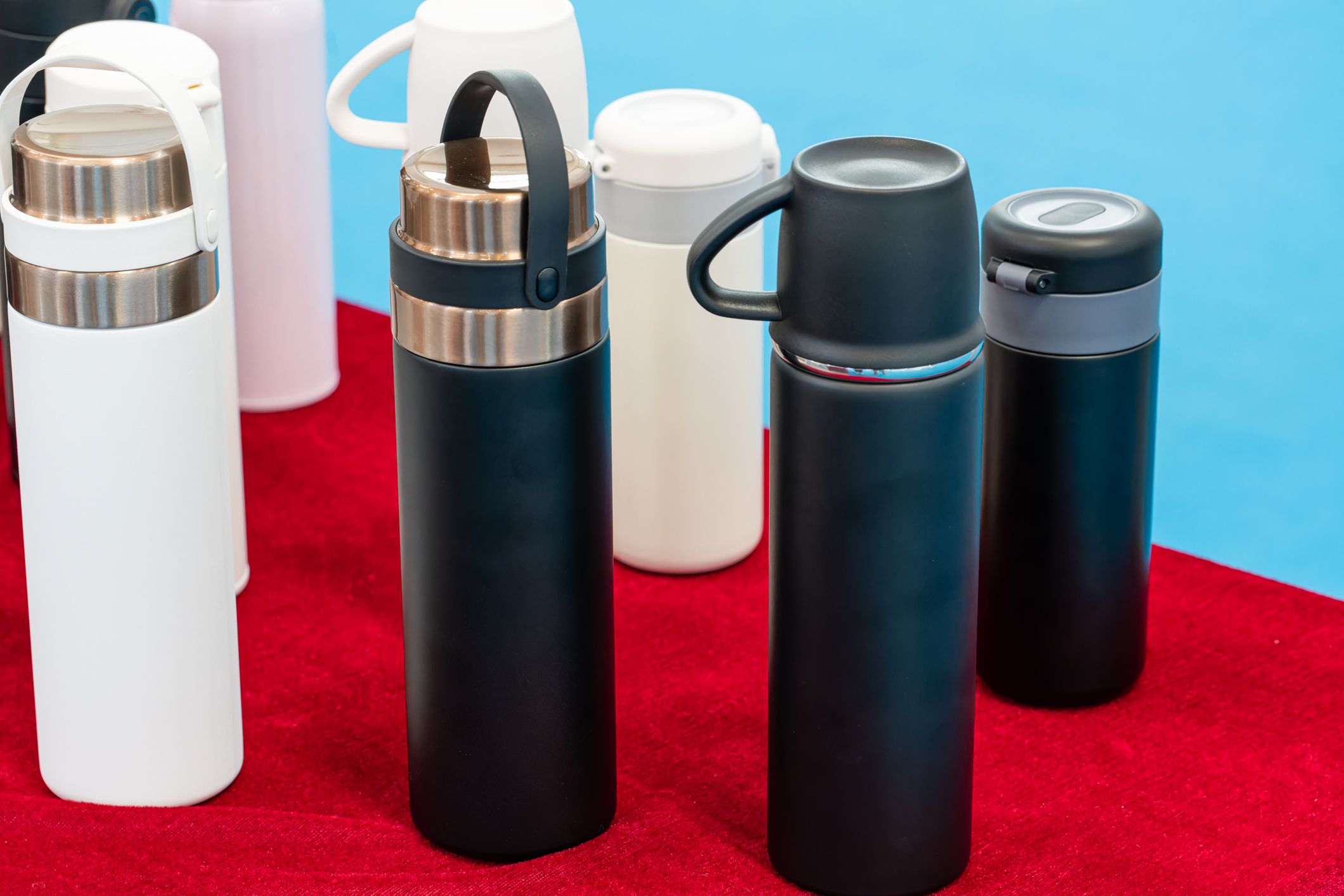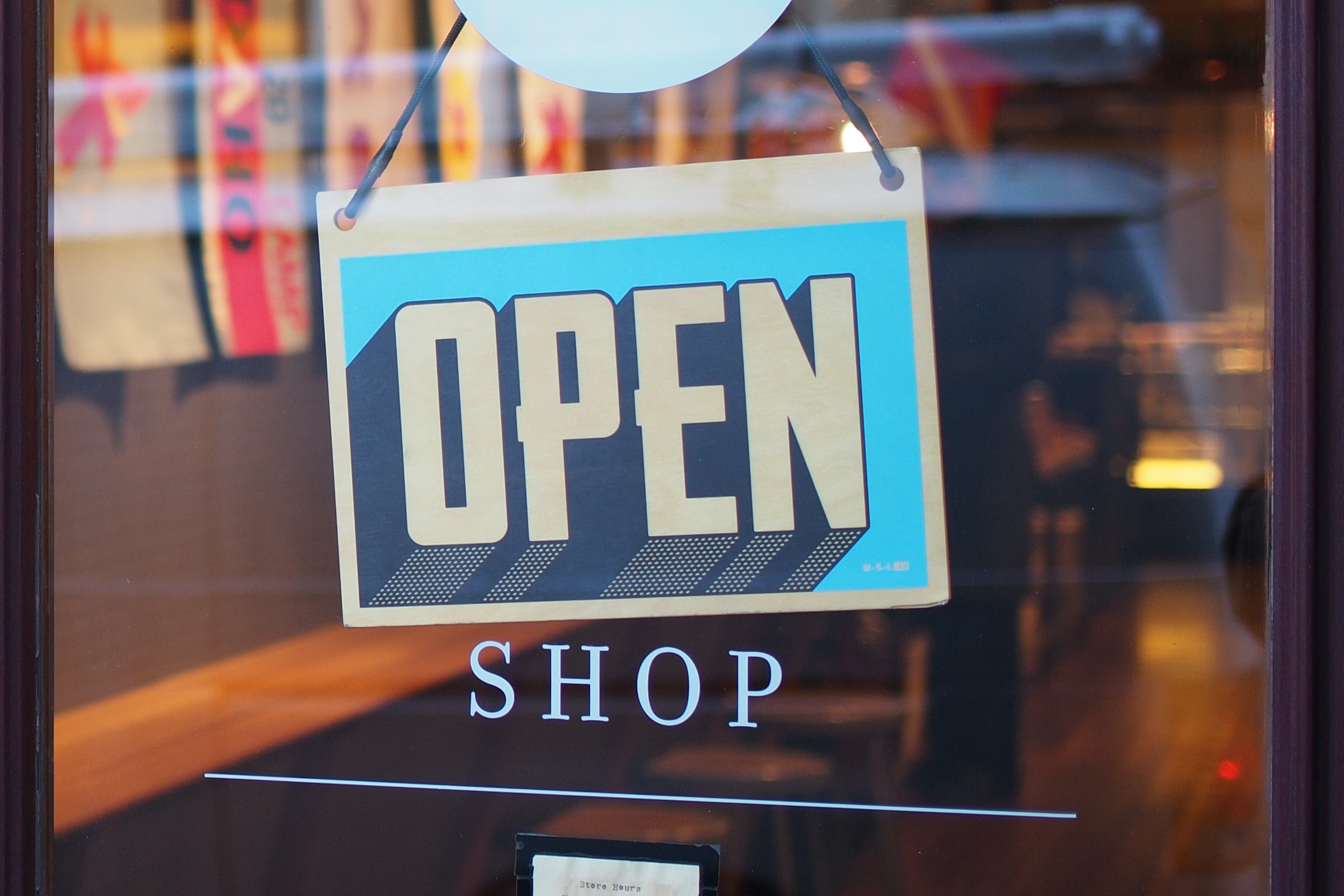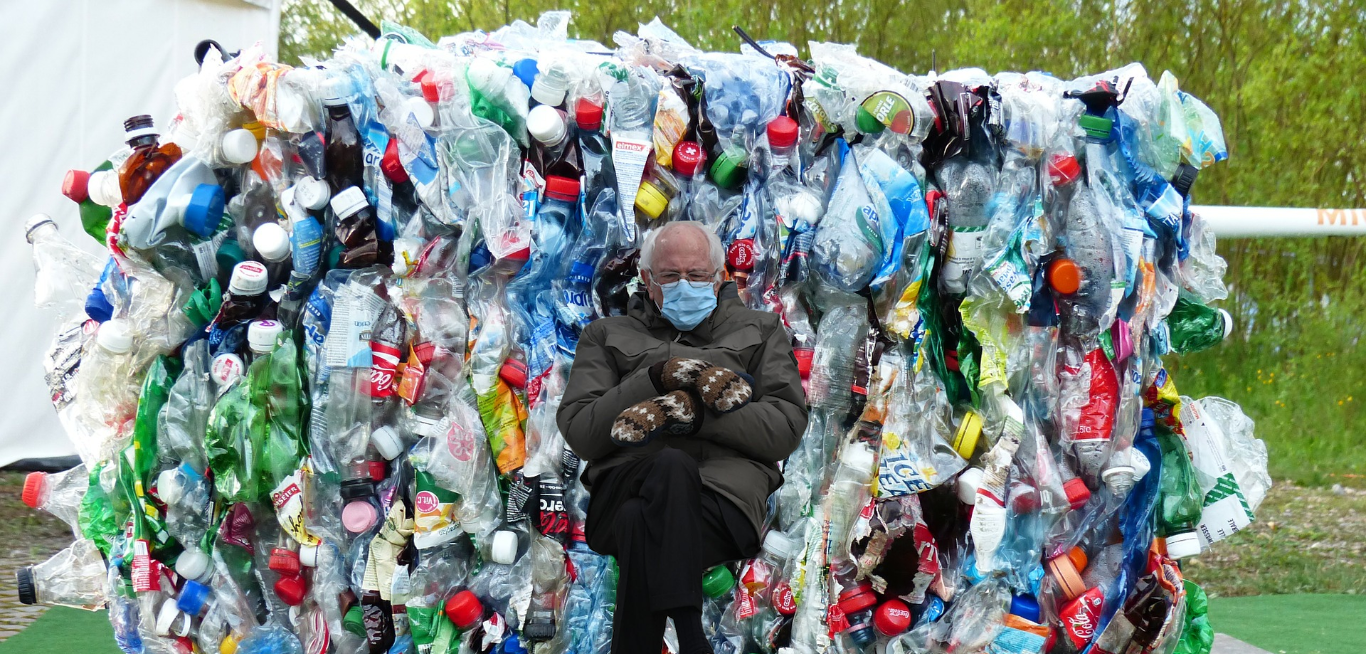
Too much of a good thing? The environmental downside of the “Stanley cup” craze.
Disposable cups are an environmental problem. But what about overconsumption of the reusable containers that are supposed to replace them?

“Production only fills a void that it has itself created.”
-John Kenneth Galbraith, ‘The Affluent Society.’
The Stanley brand has been around for over a century, selling hundreds of products from camping gear to coolers, but recently “Stanley cups” (no relation to the NHL’s championship trophy) have been making waves in the reusable water bottle market. On TikTok, users post videos of their Stanley collections, featuring dozens of cups in assorted colors and patterns. Searching “Stanley cup” on TikTok will lead to an endless stream of content featuring unboxing videos, ads for customizable Stanley cup accessories, and even a few fans of the brand laminating and re-attaching the packaging of their cups to preserve the “brand new” aesthetic. These videos displaying Stanley cup hauls have become a trend, sometimes amassing millions of views per video.
Despite the upbeat music, bright colors and excitement surrounding Stanley’s reusable cups, there is a dark side to the phenomenon. Disposable cups and plastic water bottles are a huge environmental problem. But what about overconsumption of the reusable containers that are supposed to replace them?
Overconsumption in general has many harmful consequences, including unnecessary use of limited resources and environmental pollution from the production of goods. At the most fundamental level, we should not be using more resources, emitting more pollutants, and landfilling more goods than we have to.
Reusable water bottles are certainly better for the environment than their alternative: single-use plastic water bottles. Disposable plastic bottles are typically made from polyethylene terephthalate (PET), which comes from crude oil and methane gas. Emissions from manufacturing the bottles include the greenhouse gas carbon dioxide, as well as nitrogen oxides and sulfur oxides, which are air pollutants harmful to health.
Plastic is also very difficult to recycle. Despite PET being one of the most recyclable types of plastic, only 29.1% of PET bottles and jars are actually recycled. Even when plastics are returned for recycling – which most aren’t – collecting and sorting the material is time consuming and expensive.
Instead, most plastics wind up polluting our environment, disrupting ecosystems and harming wildlife. Microplastics come from a variety of sources, and have been found pretty much everywhere, including the unlikeliest of places – from the clouds above Mt. Fuji to the snow in Antarctica and everywhere in between – including the human body. It is unclear exactly how these microplastics affect us, however, we do know that the chemicals in microplastics may affect immune responses and reproductive systems, as well as threaten marine life.
The harmful consequences of making, using and disposing of plastic water bottles have sparked a recent shift in favor of their reusable counterparts. Reusable goods are a great solution to reducing the harmful impacts that come with disposable products. For example, stainless steel bottles do not leave behind microplastics, and can be kept for years with good care. Reusable bottles can reduce each person’s carbon footprint compared with using disposable containers, a trade-off that makes a lot of sense.
Stanley’s own mission statement boasts about the contribution its products make to “helping to build a more sustainable, less disposable life and world.” The brand has also trademarked its products as “Built For Life,™” claiming that “the most sustainable products are the kind that never need to be thrown away or replaced.” But while Stanley is marketing its reusable cups as a better-for-the-environment option, that’s not necessarily the case if those cups aren’t actually being used enough to offset their own environmental costs.
Manufacturing one stainless steel bottle requires more energy and emits more pollutants than manufacturing one plastic bottle. But using a stainless steel water bottle just 20 times instead of a plastic bottle will “pay back” the initial environmental cost of manufacturing it, and using the same bottle for years makes the impact of manufacturing the bottle very low. People who buy only one or two reusable bottles, care for them well, and use them for years make a big impact, not just for the climate, but also by keeping plastic out of our environment.
Stanley’s business model, however, does not align with its goals of reusability. A quick search on the Stanley brand’s social media accounts shows that Stanley released 17 new colors and patterns of their most popular product in January alone. Some of these drops include limited edition colorways, making the famous bottles collectible for fans of the brand. Stanley’s frequent release of new colors and patterns encourages consumers to buy a new water bottle after every drop, even if the person already has one. This marketing tactic may be effective in selling a lot of Stanley cups, but it also undermines the sustainability of the product itself.
Someone with a shelf full of cups and bottles that they rarely use is not making much of a difference for the environment. That’s particularly the case if, as a result of viral marketing techniques, they are continually prompted to buy new items instead of using the ones they already have.
Stanley is not the only brand that markets itself as sustainable while frequently releasing new colors and patterns of their products. Baggu is a brand that originally gained attention on TikTok for its most popular product, the reusable tote bag. The bags are made in bright colors and cute patterns that are attractive to those looking to be more sustainable in a fashionable way. Baggu does use multiple sustainability measures in its production process, such as using recycled fabric and limiting waste during manufacturing. While these efforts are valuable, Baggu has begun marketing its products through frequent, limited edition drops and brand collaborations. Within the span of seven months, Baggu released five limited-edition drops, each with a variety of new colors and patterns for fans of the brand to purchase. TikTok users post their Baggu hauls after each drop, sharing which patterns they chose to add to their already large Baggu collections. Some users boast owning 20, 30 or more grocery bags, despite the average person needing no more than four or five.
Companies that aspire to be considered “sustainable” must stop generating demand for their products unnecessarily. A reusable cup that is built for life should stay a reusable cup, rather than an accessory to match every outfit or mood of the consumer. Marketing has a significant impact on how people perceive, and therefore buy, goods. Even the most “sustainable” product, marketed irresponsibly, can create new environmental problems rather than solve them, and strategies that entice consumers to buy products they already have over and over again do just that.
Many sources will tell you that sustainable or green marketing is the practice of marketing sustainable goods and services for the purpose of boosting sales. But the Stanley cup phenomenon shows that that definition doesn’t go far enough. Rather, sustainable marketing must take into consideration the impact of marketing practices on the environment as well. The University of Cambridge defines the term “marketing footprint” as “the physical real-world impact that marketing strategies, decisions and operations have on our collective long-term wellbeing and the social and environmental systems that underpin it.” True “sustainable marketing” would recognize the influence that marketing strategies have on the production and consumption of goods, and take accountability for its role in the resulting environmental effects. Marketing strategies therefore must be as sustainable as the products themselves to make a lasting difference.
Brands and marketers aren’t the only ones with responsibility, though. For their part, consumers should buy goods with intentionality. Understanding the climate impact of the goods we buy is an important part of being a consumer, as our choices have many invisible consequences. Taking a minute to consider how your purchases affect others is a massive step towards positive change.
Reusable products are important in the movement for sustainable living, and the use of bright colors and patterns has undoubtedly increased the popularity of many of these products. It is inspiring to watch consumers turn in their disposable water bottles and plastic grocery bags for a fun cup or bag that matches their own personality. But making reusable products “cool” won’t help the environment if it just creates more waste. Brands that over-market and over-sell reusable goods to encourage the overconsumption of their products are missing the point. If the things we create to eliminate disposable goods become over-abundant themselves, we will have just traded one set of environmental problems for another.
Topics
Authors
Janet Domenitz
Executive Director, MASSPIRG Education Fund
Janet has been the executive director of MASSPIRG since 1990 and directs programs on consumer protection, solid waste reduction and recycling, health and safety, public transportation, and voter participation. Janet has co-founded or led coalitions, including Earth Day Greater Boston, Campaign to Update the Bottle Bill and the Election Modernization Coalition. On behalf of MASSPIRG, Janet was one of the founding members of Transportation for Massachusetts (T4MA), a statewide coalition of organizations advocating investment in mass transit to curb climate change, improve public health and address equity. Janet serves as vice president for the Consumer Federation of America and serves on the Common Cause Massachusetts executive committee, Alliance for a Healthy Tomorrow board of directors, and Department of Environmental Protection Solid Waste Advisory Committee. For her work, Janet has received Common Cause’s John Gardner Award and Salem State University’s Friend of the Earth Award. Janet lives in Cambridge, Massachusetts, with her husband and two sons, and every Wednesday morning she slow-runs the steps at Harvard Stadium with the November Project.
Celeste Meiffren-Swango
State Director, Environment Oregon Research & Policy Center
As director of Environment Oregon, Celeste develops and runs campaigns to win real results for Oregon's environment. She has worked on issues ranging from preventing plastic pollution, stopping global warming, defending clean water, and protecting our beautiful places. Celeste's organizing has helped to reduce kids' exposure to lead in drinking water at childcare facilities in Oregon, encourage transportation electrification, ban single-use plastic grocery bags, defend our bedrock environmental laws and more. She is also the author of the children's book, Myrtle the Turtle, empowering kids to prevent plastic pollution. Celeste lives in Portland, Ore., with her husband and two daughters, where they frequently enjoy the bounty of Oregon's natural beauty.
Ellen Gracia
Intern, Frontier Group
Find Out More

A look back at what our unique network accomplished in 2023

Buying less stuff is good for the planet. It’s also good for us.

Sustainable development groups create options for abandoned mine lands



